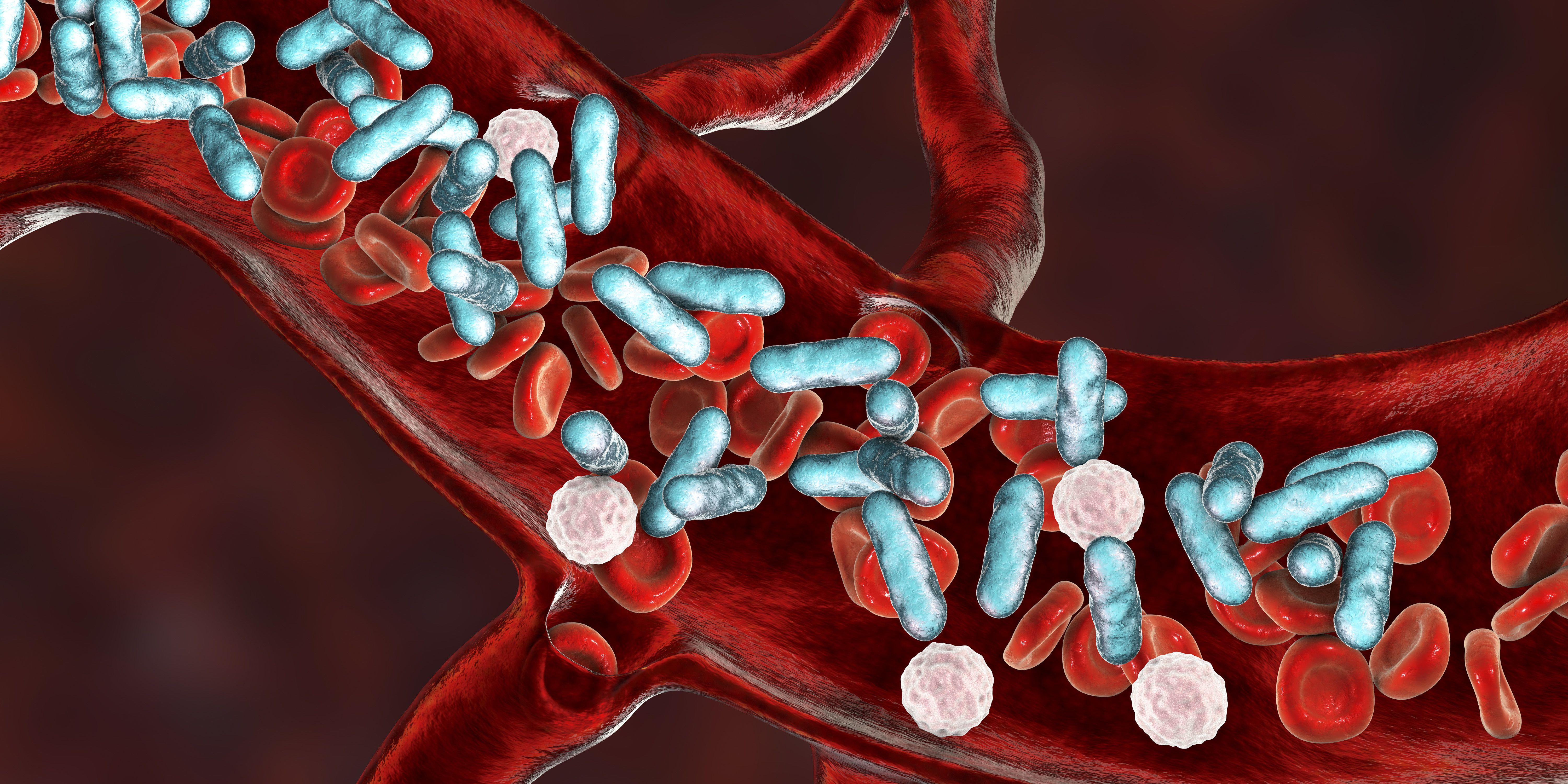Olutasidenib Yields Enduring Remissions in Previously Treated IDH1+ AML
Phase 2 findings support olutasidenib as a potentially “valuable” treatment option in IDH1-mutated acute myeloid leukemia.
The FDA previously approved olutasidenib for IDH1-mutated AML in December 2022.

Treatment with olutasidenib (Rezlidhia) elicited enduring, clinically meaningful remissions in a small cohort of patients with relapsed/refractory acute myeloid leukemia (AML) harboring IDH1 mutations, according to findings from a phase 2 trial (NCT02719574) published in Leukemia & Lymphoma.1
Among 16 patients with relapsed/refractory disease, the composite complete remission (CRc) rate was 43.8%, the median time to CRc was 1.9 months (range, 1-2.8), and the median duration of response (DOR) was not reached (NR; range, 1.2-NR). Additionally, data highlighted a median overall survival (OS) of 8.3 months (range, 0.9-31.3) among all patients and NR for those with a CR or CR with partial hematologic recovery (CRh).
Two patients were assigned to receive olutasidenib plus azacitidine after initially enrolling on the olutasidenib monotherapy arm. One of these patients had a CR with incomplete hematologic recovery (CRi) following olutasidenib followed by disease progression before achieving a CR with the combination. The other patient had stable disease on olutasidenib monotherapy before disease progression and death due to COVID-19 at 9 days after initiating combination therapy.
Investigators also reported findings regarding 2 patients who received prior treatment with ivosidenib (Tibsovo). One patient had progressive disease on ivosidenib, stable disease following 2 venetoclax (Venclexta) regimens, and progressive disease following olutasidenib monotherapy. The other patient achieved a CR to a venetoclax-based combination, had no response to ivosidenib, and was ultimately not evaluable due to fatal enterococcal bacteremia on day 35 after beginning olutasidenib monotherapy.
“Venetoclax in combination with a hypomethylating agent is currently standard treatment for patients with newly diagnosed AML who are unfit for intensive chemotherapy, including those with mIDH1. When this therapy fails, patients historically have had limited treatment options and poor prognoses,” lead study author Jorge E. Cortes, MD, director of Georgia Cancer Center, Cecil F. Whitaker Jr., GRA Eminent Scholar Chair in Cancer, said in a press release on these findings.2
“The findings from these analyses suggest that [olutasidenib] may provide an effective treatment for patients with AML following failure of venetoclax combination therapy. [Olutasidenib] induced durable remissions consistent with those observed in the pivotal trial and had a favorable tolerability profile in this challenging to treat patient population, representing a valuable treatment option.”
For this analysis, investigators of the phase 2 trial assessed patients with relapsed/refractory disease following a venetoclax-based regimen with a treatment goal of CRc, or a CRi to venetoclax-based treatment with a goal of CR or CRh. Patients received olutasidenib at 150 mg twice daily orally as part of 28-day cycles as monotherapy (n = 16) or in combination with subcutaneous or intravenous azacitidine (n = 2).
The trial’s primary end point was a best response of CR or CRh across 3 cohorts including 16 patients and event-free survival (EFS) in a maintenance cohort of 2 patients. Secondary end points included time to response, DOR, OS, transfusion independence, and treatment-emergent adverse effects (TEAEs).
Patients 18 years and older with pathologically confirmed AML harboring IDH1 mutations were eligible for enrollment. Other eligibility criteria included having an ECOG performance status of 0 to 2 and adequate liver and renal function.
The median patient age was 73 years (range, 65-83). Additionally, most patients were male (77.8%), had secondary AML (55.6%), intermediate-risk cytogenetics (55.6%), relapsed disease (55.5%), and red blood cell (RBC) transfusion dependence (72.2%). Patients received a median of 2 (range, 1-6) prior regimens.
Of 12 patients with dependence on RBC transfusions, 2 (16.7%) had transfusion independence for at least 56 days while receiving olutasidenib. Additionally, of 7 who had dependence on platelet transfusions, 2 (28.6%) experienced platelet transfusion independence while receiving study treatment.
TEAEs were reported in all (100%) patients, the most common of which included nausea (44.4%), dyspnea (38.9%), fatigue (38.9%), insomnia (33.3%), decreased RBC counts (33.3%), and abdominal pain (27.8%). Additionally, grade 3/4 TEAEs occurred in 83.3%, which included decreased RBC counts (33.3%), neutrophil count decreases (22.2%), and febrile neutropenia (16.7%).
Differentiation syndrome affected 3 patients, and hepatic TEAEs were highlighted in 6 patients. AEs leading to withdrawal from study treatment occurred in 5 patients, which included 2 with a CRc.
The FDA previously approved olutasidenib for IDH1-mutated AML in December 2022 based on findings from this phase 2 trial.3
References
- Cortes J, Jonas BA, Schiller G, et al. Olutasidenib in post-venetoclax patients with mutant isocitrate dehydrogenase 1 (mIDH1) acute myeloid leukemia (AML). Leuk Lymphoma. Published online March 27, 2024. doi:10.1080/10428194.2024.2333451.
- Rigel announces publication of data on REZLIDHIA (Olutasidenib) in post-venetoclax patients with mutant IDH1 AML in Leukemia & Lymphoma. News release. Rigel Pharmaceuticals, Inc. April 4, 2024. Accessed April 10, 2024. https://tinyurl.com/bdexm2ds
- FDA approves olutasidenib for relapsed or refractory acute myeloid leukemia with a susceptible IDH1 mutation. News release. FDA. December 1, 2022. Accessed April 10, 2024. bit.ly/3XRAW06